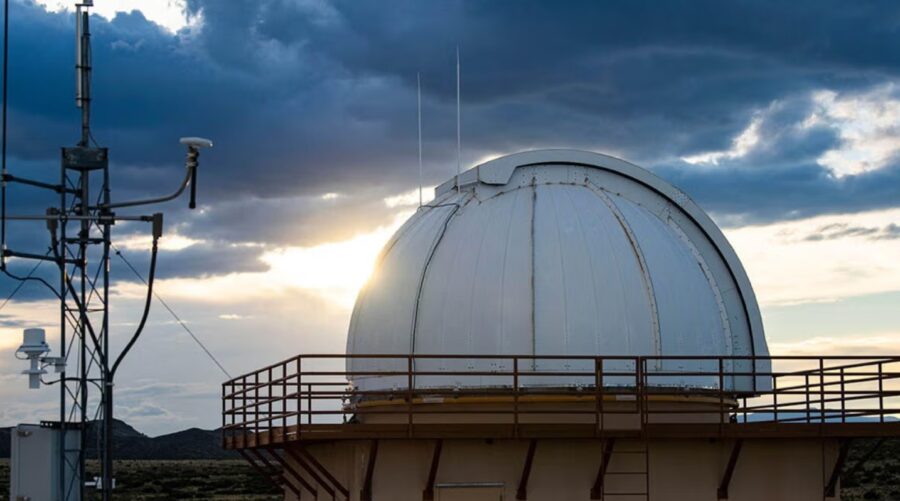Space Force Expands Space, Ground Surveillance

The U.S. Space Force is advancing its space domain awareness mission with a combination of upgraded ground systems, new radar technology, and upcoming satellite launches. These efforts aim to strengthen monitoring of deep-space activity and improve the nation’s ability to track potential threats in orbit.
L3Harris Technologies has completed major upgrades to the Ground-Based Electro-Optical Deep Space Surveillance (GEODSS) system at White Sands Missile Range in New Mexico. The improvements enhance the system’s ability to detect and track satellites and debris in deep space. Similar upgrades are planned for GEODSS facilities in Maui, Hawaii, expanding the network’s reach and reliability.
Meanwhile, Northrop Grumman has advanced the Deep-Space Advanced Radar Capability (DARC) program by integrating seven antennas at its first operational site in Australia. Once complete, DARC will provide persistent, all-weather radar tracking of objects in deep space, significantly boosting global surveillance coverage.
Complementing these ground-based enhancements, the Space Force plans to expand its orbital monitoring with the launch of new Geosynchronous Space Situational Awareness Program (GSSAP) satellites before the end of the year. These spacecraft will provide high-resolution monitoring of satellites in geosynchronous orbit, a critical area for military and commercial operations.
Together, the upgrades reflect a multi-layered approach to space awareness, blending radar, optical, and satellite assets. By investing in both ground and space-based systems, the Space Force is reinforcing its ability to safeguard U.S. interests in an increasingly contested and congested orbital environment.
Sources: AirGuide Business airguide.info, bing.com
